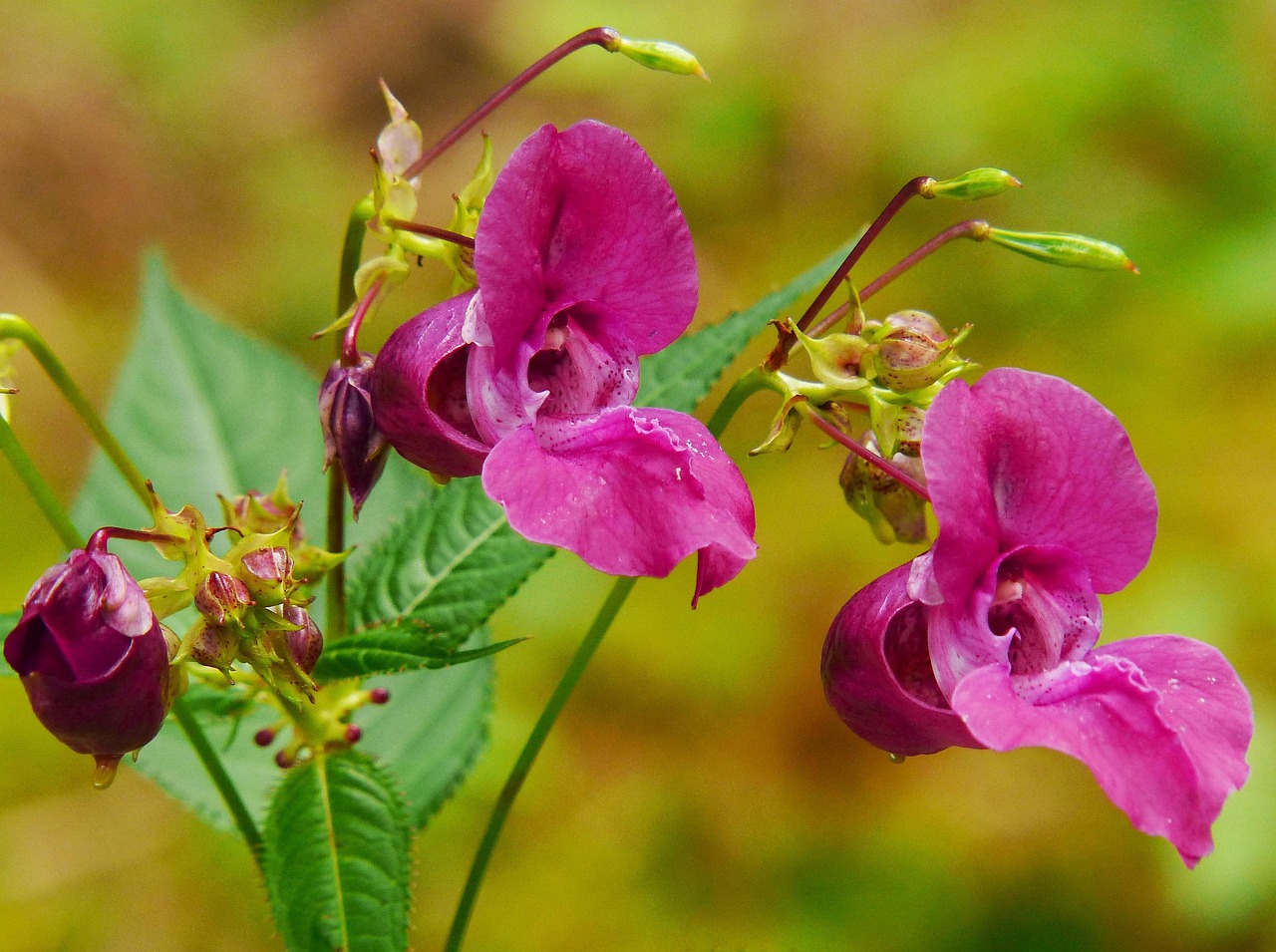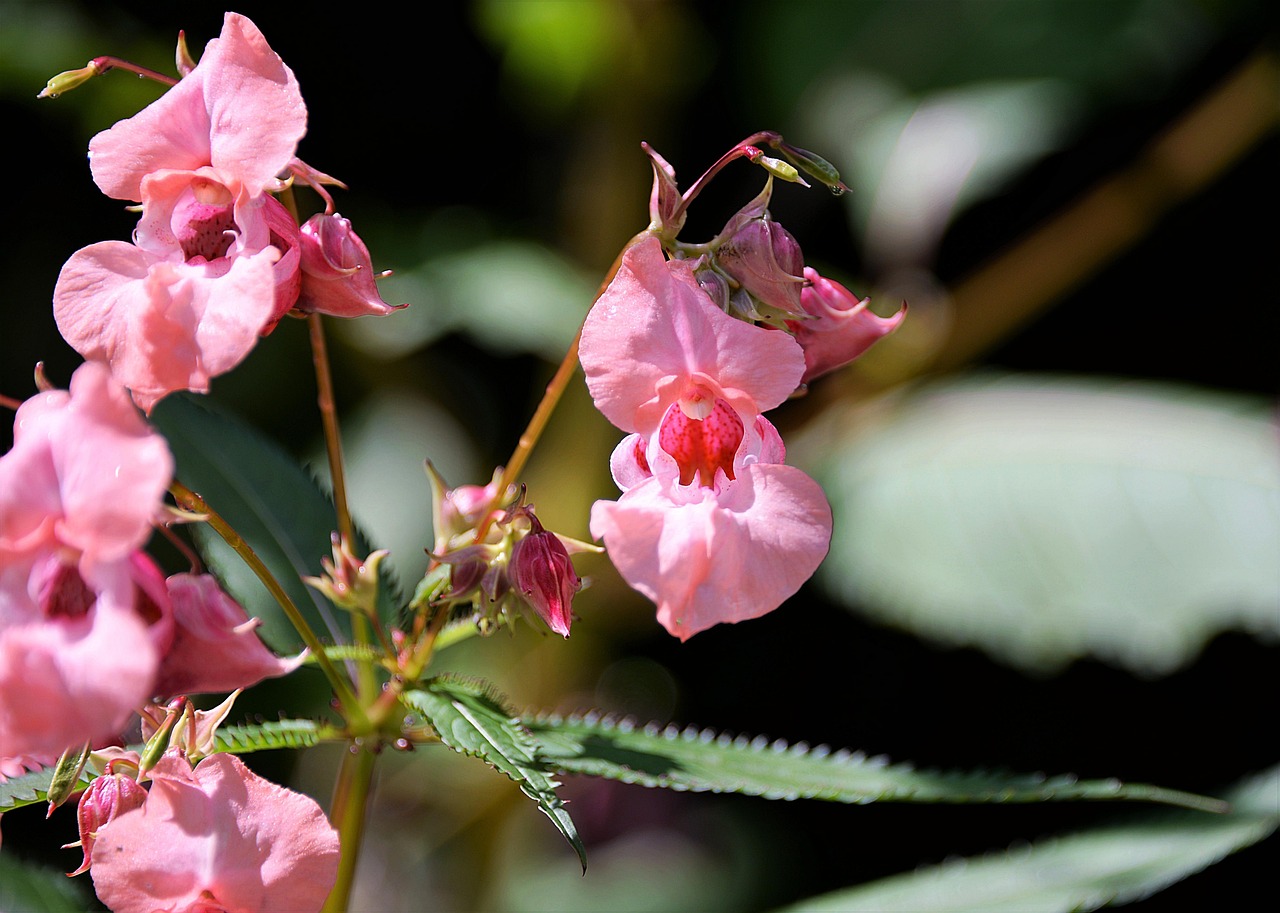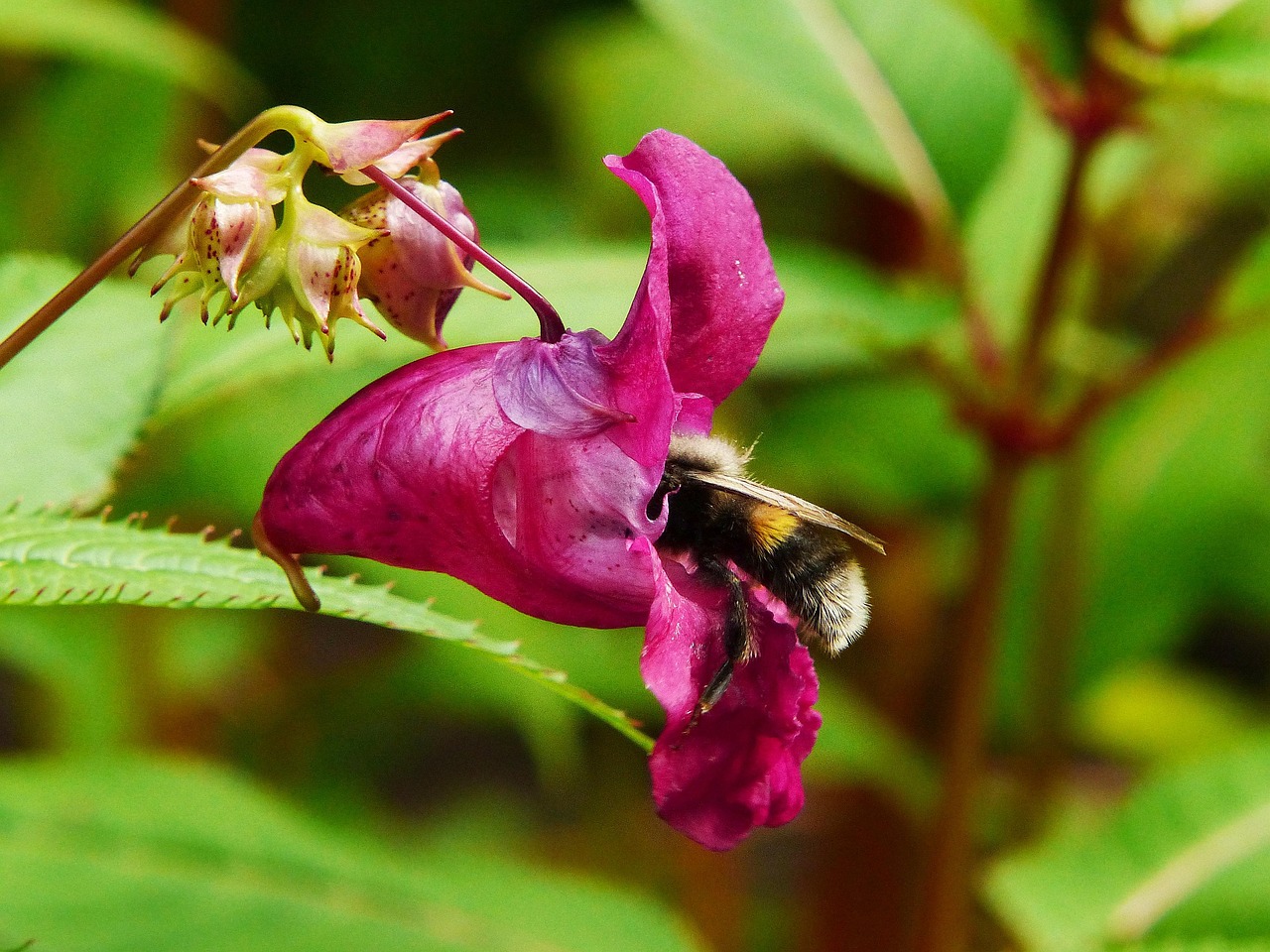Balsam fir does shed its needles, especially as it matures. While this tree is known for its lush, green foliage, needle drop can occur due to various factors such as age, environmental conditions, and seasonal changes. Understanding why and how this happens can help you care for your balsam fir more effectively.
Understanding Needle Shedding in Balsam Fir
The Balsam fir (Abies balsamea) is a popular evergreen tree native to North America. Its dense, fragrant needles and symmetrical shape make it a favorite choice for landscaping and holiday decorations. However, like all conifers, balsam firs naturally shed their needles over time. This process is often a normal part of the tree’s lifecycle.

Needle shedding can occur at any time of the year but is most noticeable during the fall and spring. During these seasons, older needles may turn yellow or brown before dropping off the tree. This natural phenomenon allows the tree to conserve energy and resources while making way for new growth.
Factors Influencing Needle Shedding
Several factors can influence how and when balsam firs shed their needles. Understanding these factors can provide insight into the health of your tree and guide proper care practices.
- Age of the Tree: As balsam firs mature, they naturally lose older needles. Typically, trees will shed their oldest needles every few years, which is a normal part of their growth cycle.
- Seasonal Changes: During seasonal transitions, particularly in fall and spring, needle shedding is more pronounced. In fall, trees prepare for winter by conserving resources, leading to increased needle drop.
- Environmental Stress: Factors such as drought, extreme temperatures, or poor soil conditions can stress a balsam fir, causing it to shed needles prematurely. Keeping the tree healthy through proper watering and soil management can help mitigate this issue.
- Pest Infestations: Pests such as aphids or spider mites can damage the tree, leading to needle drop. Regular monitoring for signs of infestation can aid in early intervention and treatment.
- Diseases: Fungal infections or diseases such as needle cast can lead to needle loss. Identifying symptoms early and treating them appropriately is essential for maintaining tree health.
When to Worry About Needle Shedding
While needle shedding is a natural process, excessive needle drop can indicate underlying issues. If you notice a significant number of needles falling off your balsam fir or see discoloration and wilting, it may be time to investigate further.

Monitor the tree for other signs of stress, such as stunted growth or changes in bark texture. If you suspect pests or disease, consider contacting a local arborist or extension service for assistance. They can help diagnose the problem and recommend an appropriate treatment plan.
Caring for Your Balsam Fir
Proper care can help minimize needle shedding and ensure the health of your balsam fir. Here are some tips for maintaining your tree:
- Watering: Ensure your balsam fir receives adequate water, especially during dry periods. Deep watering encourages strong root development.
- Soil Quality: Test your soil to ensure it has the right pH and nutrient levels. Amending the soil with organic material can enhance its quality.
- Pruning: Regularly prune any dead or damaged branches to promote healthy growth and airflow within the tree’s canopy.
- Pest Management: Keep an eye out for pests and take action promptly if you notice any signs of infestation.
- Disease Prevention: Apply fungicides as needed, especially in humid conditions where fungal infections are more likely to develop.
By understanding the natural processes affecting balsam firs and implementing proper care techniques, you can enjoy a healthy, vibrant tree that enhances your landscape for years to come.

Identifying Normal Needle Drop vs. Problematic Shedding
Understanding the difference between normal needle drop and excessive shedding is crucial for the health of your balsam fir. While needle loss is a natural part of the tree’s life cycle, being able to identify when something is amiss can save your tree from more serious issues.
Normal Needle Drop
Normal needle drop typically occurs in a predictable pattern. Here are some characteristics to look for:
- Old Needles: Balsam firs generally shed their oldest needles, which are usually found on the inner part of the branches. These needles may turn yellow or brown before falling off.
- Seasonal Timing: Most needle drop occurs in late fall and early spring. This coincides with changing weather conditions, as trees prepare for winter or emerge from dormancy.
- Minimal Quantity: In a healthy tree, only a small number of needles should be lost during normal shedding. A few drops here and there should not cause alarm.
During these times, it is entirely normal to see some needles on the ground beneath your balsam fir. This process helps the tree manage its resources and allows for fresh growth in the coming seasons.
Signs of Problematic Shedding
Excessive needle shedding, however, can be a sign of stress or disease. Here are some indicators that your balsam fir may need attention:

- Discoloration: If you notice large sections of needles turning yellow or brown prematurely, this could indicate a problem. Healthy needles should remain vibrant green throughout their lifespan.
- High Volume of Needle Loss: If you observe an unusual amount of needles falling to the ground, especially outside of the normal seasonal cycles, it may be a cause for concern.
- Wilting or Curling: Needles that appear wilted or curled may signal issues with water uptake or pest damage.
- Pests and Fungi: Visible signs of pests, such as webs or holes in the needles, along with fungal growth on the bark or soil, can indicate serious problems that require immediate action.
If you suspect your balsam fir is experiencing problematic shedding, it is essential to take action quickly to diagnose and treat any underlying issues.
The Role of Environmental Factors
Environmental conditions play a significant role in the health of balsam firs and can greatly influence needle shedding. Factors such as soil quality, water availability, and climate conditions all contribute to how well your tree thrives.
Soil Conditions
The quality of the soil in which your balsam fir is planted can significantly impact its health. Here are some key aspects to consider:
- Soil pH: Balsam firs prefer slightly acidic soil with a pH range of 5.0 to 6.5. Testing your soil can help determine if amendments are necessary to create an optimal growing environment.
- Nutrient Levels: Ensuring that the soil is rich in nutrients such as nitrogen, phosphorus, and potassium is critical for healthy growth. Adding organic matter, such as compost or well-rotted manure, can improve soil fertility.
- Drainage: Good drainage is essential for preventing root rot and other water-related issues. Heavy clay soils can lead to standing water, which can be detrimental to your balsam fir’s health.
Climate Considerations
The climate in which your balsam fir grows also significantly affects its ability to thrive. Here are some aspects to consider:
- Temperature Extremes: Balsam firs are adapted to cold climates but can experience stress during extreme temperature fluctuations. Ensure that they are planted in suitable zones for their growth.
- Humidity Levels: High humidity can promote fungal diseases while low humidity can lead to stress and needle drop. Monitoring local weather conditions can help you anticipate potential issues.
- Sunlight Exposure: Balsam firs thrive in full sun to partial shade. Insufficient sunlight can weaken the tree’s health, leading to increased susceptibility to diseases and pests.
Taking these environmental factors into account will help you create a healthy habitat for your balsam fir, reducing the likelihood of needle shedding caused by stressors in its surroundings.
Seasonal Care for Balsam Fir
Caring for your balsam fir throughout the seasons is essential for maintaining its health and minimizing needle drop. Each season brings unique challenges and opportunities for tree care. By understanding what your balsam fir needs at different times of the year, you can help ensure it remains vibrant and resilient.
Spring Care
As the weather warms up and your balsam fir comes out of dormancy, spring is a critical time for growth and rejuvenation. Here are some key care tips for the spring season:
- Inspect for Damage: Check the tree for any winter damage, such as broken branches or signs of pests. Removing damaged parts early can help prevent further issues.
- Fertilization: Applying a balanced, slow-release fertilizer in early spring can provide essential nutrients for new growth. Look for fertilizers specifically formulated for evergreens.
- Watering: Ensure that the tree receives adequate moisture as it begins to grow. Water deeply, especially during dry spells, to encourage strong root development.
- Pest Monitoring: Keep an eye out for pests that may emerge in spring. Inspect the needles and branches for any signs of infestation, such as webbing or discoloration.
Summer Care
During the summer months, your balsam fir will be in full growth mode. This is a crucial time for maintenance to promote healthy foliage and overall vitality:
- Regular Watering: Consistent watering is vital during hot summer months. Aim to provide around an inch of water per week, either through rainfall or supplemental watering.
- Mulching: Apply a layer of mulch around the base of the tree to retain soil moisture and suppress weeds. Organic mulch materials like wood chips or bark are ideal.
- Pest Control: Continue monitoring for pests, especially aphids and spider mites, which thrive in warm weather. Consider using insecticidal soap or neem oil if infestations occur.
- Pruning: Summer is an excellent time for light pruning to maintain shape and remove any dead or damaged branches. Be cautious not to over-prune, as this can stress the tree.
Fall Care
As autumn approaches, balsam firs prepare for winter dormancy. Proper care during this season can set the stage for a strong recovery in the spring:
- Watering Adjustment: Reduce watering as temperatures cool but ensure that the tree remains adequately hydrated before winter arrives.
- Needle Drop Monitoring: Keep an eye on needle drop patterns. Some shedding is normal, but be observant of any unusual changes that might indicate stress.
- Disease Prevention: Apply fungicides if necessary to prevent fungal diseases that are prevalent in damp fall conditions. This is especially important if your area has high humidity.
- Preparing for Winter: Consider wrapping the lower trunk with burlap if you live in an area prone to heavy snow or ice, which can damage branches.
Winter Care
Winter presents unique challenges for balsam firs, but with proper care, your tree can endure the cold months:
- Snow Management: Gently brush off heavy snow accumulation from branches to prevent breakage. Avoid shaking the tree forcefully, as this can cause damage.
- Icing Issues: If ice builds up on the branches, be cautious about removing it. Allow it to melt naturally if possible to avoid damaging the limbs.
- Watering Considerations: Although trees are dormant in winter, if there are extended dry periods without snow cover, consider watering your balsam fir to keep roots hydrated.
- Pest Vigilance: While pests are less active during winter, be on the lookout for any signs of damage or infestation that may have occurred before dormancy.
By following these seasonal care guidelines, you can help your balsam fir thrive throughout the year, ensuring it remains healthy and vibrant while minimizing needle drop. Each season provides its own opportunities for care, so being proactive will pay off in the long run.
Final Considerations for Balsam Fir Needle Shedding
As we have explored, balsam firs are beautiful and resilient trees that can enhance any landscape. However, like all living organisms, they have their unique needs and challenges. Understanding the complexities of needle shedding in balsam firs can help you take appropriate actions to ensure the health and longevity of your tree.
It is important to remember that needle drop is a natural and essential process for balsam firs. This phenomenon allows the tree to conserve resources and maintain its overall health. While occasional needle shedding is expected, excessive or unusual needle loss should prompt further investigation into the tree’s environment and health.
Long-Term Health Monitoring
Maintaining the long-term health of your balsam fir requires consistent monitoring and care. Regular inspections throughout the year can help you catch any issues early. Look for signs of stress, such as:
- Pest Activity: Regularly examine the needles and branches for signs of pests or diseases. Early detection can often lead to successful intervention.
- Growth Patterns: Take note of the growth rate and overall appearance of your tree. Stunted growth or a sparse canopy may indicate underlying problems.
- Soil Health: Conduct periodic soil tests to monitor pH and nutrient levels. Healthy soil is fundamental to a thriving tree.
Implementing a comprehensive care plan that includes seasonal maintenance, pest management, and disease prevention can significantly enhance the vitality of your balsam fir. Additionally, keeping a journal of your tree’s health can help track changes over time, making it easier to identify patterns or issues.
Community Resources and Support
Engaging with local horticultural societies or extension services can provide valuable resources for caring for your balsam fir. Many communities offer workshops and seminars that focus on tree care practices, pest management, and identification of common diseases. Networking with other tree enthusiasts can also provide insight into the specific challenges faced in your region.
Additionally, consulting with an arborist can be beneficial if you encounter persistent issues with needle shedding or other health problems. Professional assessments can help identify complex problems that may not be obvious to the untrained eye.
Choosing the Right Location
The placement of your balsam fir also plays a crucial role in its health. When selecting a planting location, consider factors such as:
- Sunlight Exposure: Choose a site that offers adequate sunlight while providing some protection from harsh afternoon rays.
- Wind Protection: Planting near structures or other trees can help shield your balsam fir from strong winds, which can cause physical stress and damage.
- Drainage: Ensure that the chosen location has good drainage to prevent water accumulation, which can lead to root rot and other issues.
Understanding how to create a supportive environment for your balsam fir will greatly improve its chances of thriving in the long term.
Final Thoughts
In conclusion, while balsam firs do shed their needles, this process is a normal aspect of their lifecycle. Being aware of the factors that influence needle drop and taking proactive measures can help ensure your balsam fir remains healthy and robust. By monitoring environmental conditions, practicing seasonal care, and engaging with community resources, you can foster an environment where your tree flourishes. Remember that every tree is unique, and attentive care will lead to a thriving balsam fir that brings beauty and joy for years to come.
